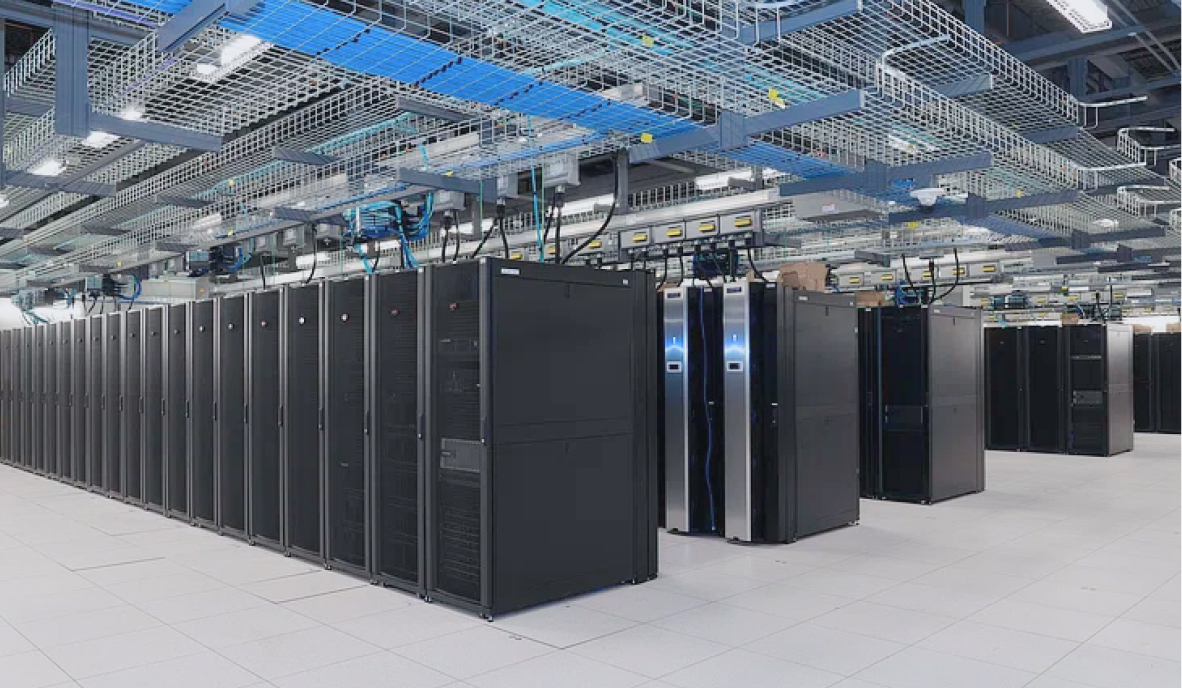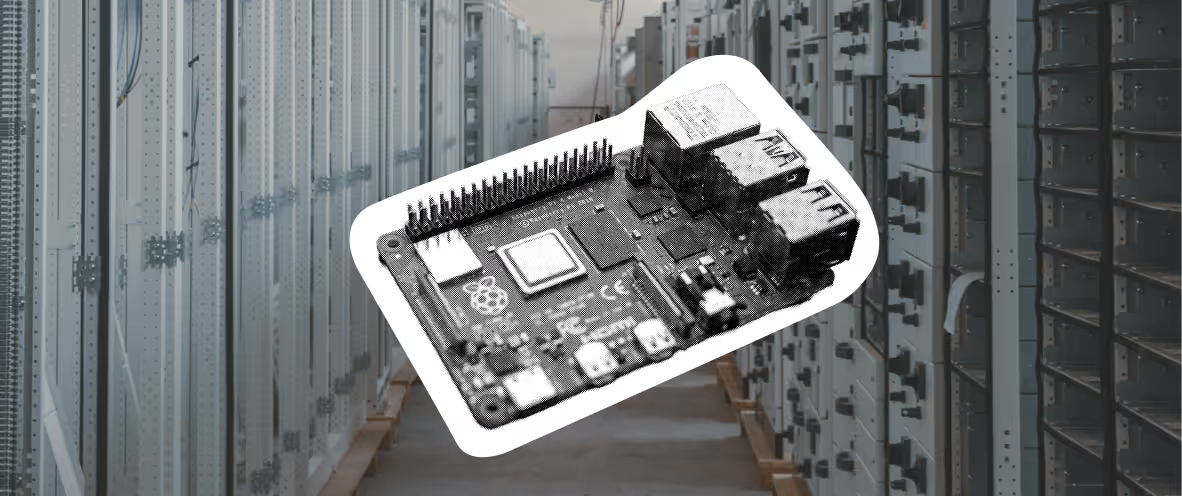Considering an EV or Solar? Use These Tax Credits Before They Disappear

Join the community





The federal tax credits that make it easy to purchase an EV or install rooftop solar are disappearing fast, thanks to the "One Big Beautiful Bill" that became a law on July 4, 2025. So if you’ve been thinking about decarbonize your home or vehicle, now is the time
Here’s a roundup of all the available credits and when they go away:
Residential Clean Energy Credit
What is it for?
- If you install renewable energy for your home, you can claim the Residential Clean Energy Credit.
- This applies to all solar electric panels, solar water heaters, wind turbines, geothermal heat pumps, fuel cells, battery storage technology, and the associated labor costs.
- It provides a 30% income tax credit, helping taxpayers to reduce the income tax they owe.
- There’s no annual limit to the credits that you can claim in a year. For instance, if you get both solar electricity and battery storage installed in your home, you can claim 30% of the purchase price as a tax credit for both of them.
Who can claim it?
- As a homeowner or renter, you may claim this credit for improvements to your primary home, where you live most of the time.
- Homeowners can also claim it for their secondary home, where they live part-time and do not rent to others.
- Landlords or property owners cannot claim this benefit.
When is it going away?
- This tax incentive goes away on December 31, 2025.
What should you do?
- If you are looking to get rooftop solar panels, solar water heaters, or geothermal heat pumps, sign a contract with a contractor, pay for and install the project before the end of 2025.
- Some contractors have long wait times, and the installation can take a few months, so it’s better to start ASAP.
Energy Efficient Home Improvement Credit
What is it for?
- The Energy Efficient Home Improvement Credit offers a 30% tax credit (up to $2,000) on qualifying energy-efficient home expenditures.
- This applies to energy-efficient upgrades, such as electric/natural gas heat pumps, electric/natural gas heat pump water heaters, central air conditioners, natural gas/propane water heaters, natural gas/propane oil furnaces, or hot water boilers.
- To qualify, these appliances should meet or exceed the specific efficiency tiers established by the Consortium for Energy Efficiency. Read the link above for more specifics.
- It also offers up to $1,200 off on home upgrades like new insulation, doors, and windows.
Who can claim it?
- As a homeowner, you can only claim it on your primary residence.
- Unlike the Residential Clean Energy Credit, it cannot be claimed on additional properties, even if the taxpayer lives in them part-time.
When is it going away?
- This tax incentive goes away on December 31, 2025.
What should you do?
- It’s not enough to just purchase this equipment before the end of this year. Rather, they must be "placed in service" before the end of 2025. So it’s important to move fast on this one as well.
Tax Credits for Electric Vehicles and Chargers
What is it for?
- A federal tax credit of up to $7,500 is available for buying or leasing a new electric vehicle (EV) that meets the federal domestic manufacturing requirements.
- It is available as a cash rebate at the time of purchase at over 9,500 dealerships. The IRS has a checklist of information you need to provide to the dealer.
- Your rebate can be used as a down payment.
- Used EVs under $25,000 purchased at a dealer are also eligible for up to a $4,000 credit.
- There’s also a credit available to help with the costs of installing EV chargers, specifically in low-income or rural areas. It covers 30% (up to $1,000) of the installation cost.
Who can claim it?
- Individuals, fleets, businesses, and tax-exempt entities investing in new, used, and commercial clean vehicles
When is it going away?
- EV tax credits end on September 30, 2025.
- The tax credits for installing EV chargers end on June 30, 2026.
What should you do?
- If you are thinking of buying a new or used EV, do it before October 1, 2025.
What if you can’t take advantage of these tax credits before they disappear?
Well, as part of the Inflation Reduction Act of 2022, more than $8.5 billion were given to states like Arizona, Georgia, New York and Wisconsin. Much of this money is still available and it is not tied up with the federal deadlines. Check out these resources to see if your state offers rebates:
There are also some local utility companies that offer incentives for green technologies like heat pumps and rooftop solar, so we’d also suggest checking in with them.
Even after the credits go away, we still suggest switching to renewable and lower carbon energy solutions wherever you can. You’ll save money and help the planet heal. Don’t let this change deter you from making the switch!







.jpg)




